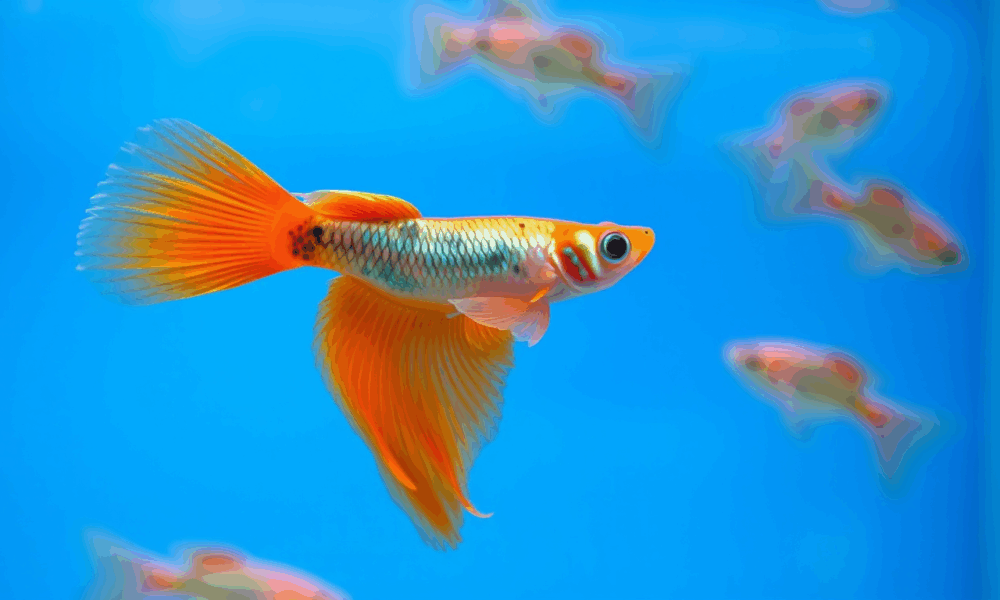
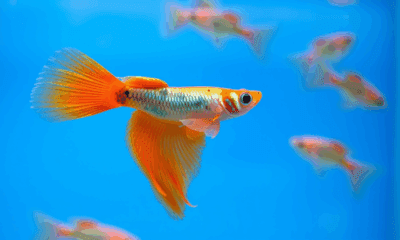

Male guppies that glow with more orange aren’t just fashion-forward — they’re also significantly more sexually active. A UBC study reveals that brighter coloration is linked...
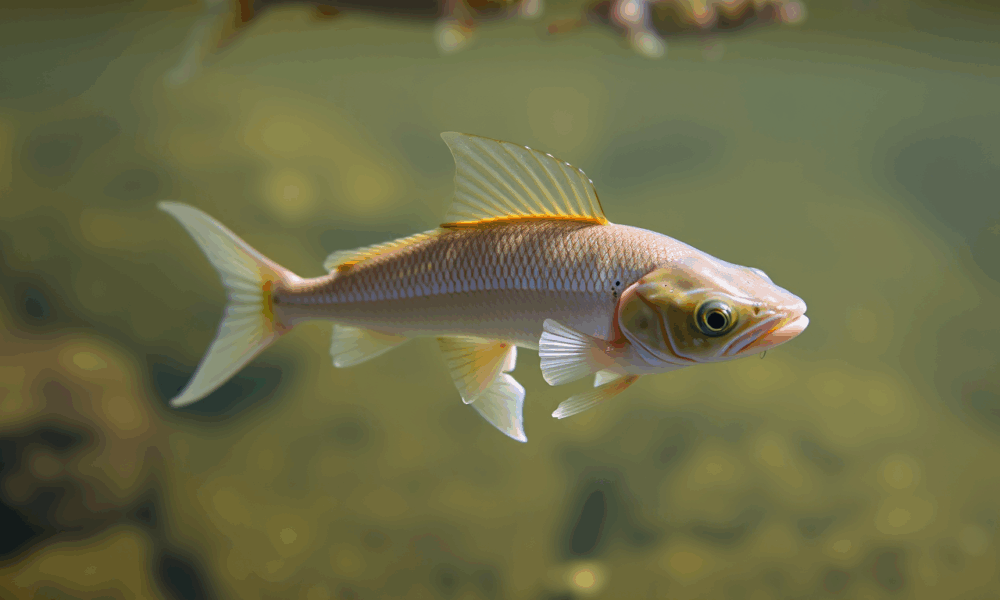
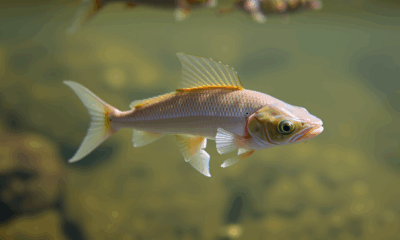

Hovering fish aren’t loafing—they burn twice resting energy to make micro-fin tweaks that counteract a natural tendency to tip, and body shape dictates just how costly...
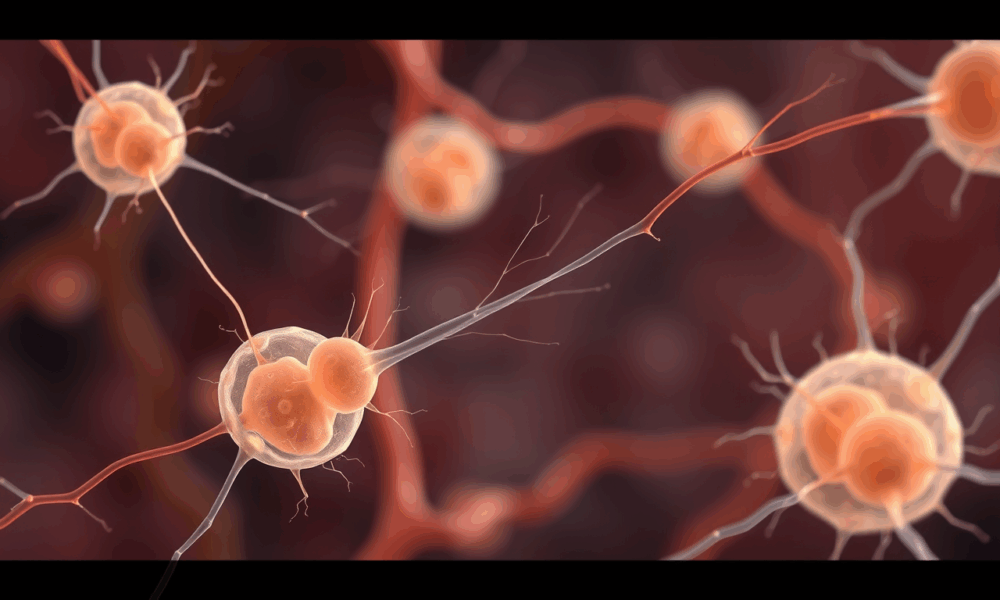
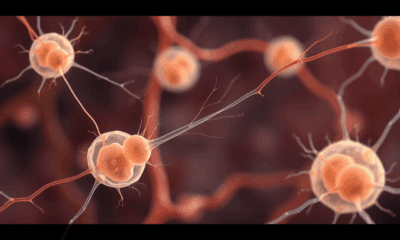

Scientists found that embryonic skin cells “whisper” through faint mechanical tugs, using the same force-sensing proteins that make our ears ultrasensitive. By syncing these micro-movements, the...

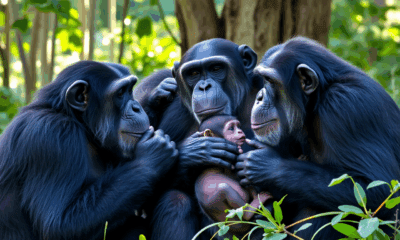

Female chimpanzees that forge strong, grooming-rich friendships with other females dramatically boost their infants’ odds of making it past the perilous first year—no kin required. Three...



Scientists have uncovered a surprising new way that urea—an essential building block for life—could have formed on the early Earth. Instead of requiring high temperatures or...

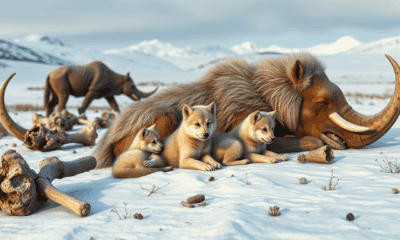

Two Ice Age wolf pups once thought to be early dogs have been identified as wild wolves, thanks to detailed DNA and chemical analysis. Surprisingly, their...
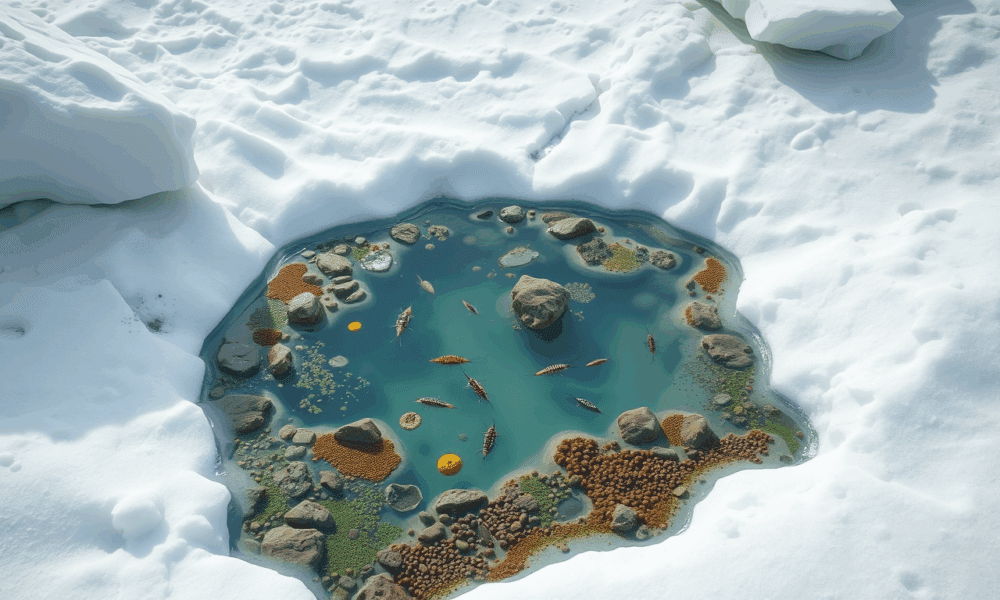
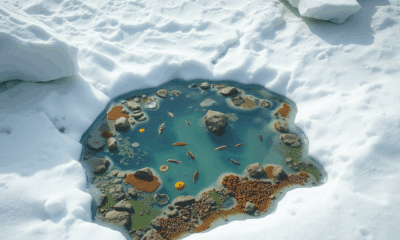

During Earth's ancient Snowball periods, when the entire planet was wrapped in ice, life may have endured in tiny meltwater ponds on the surface of equatorial...
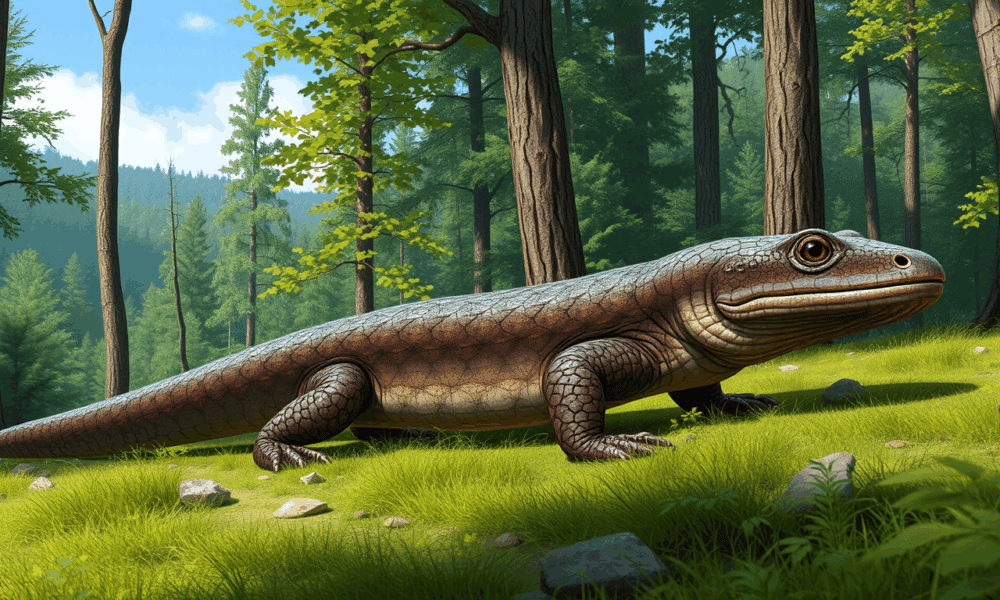
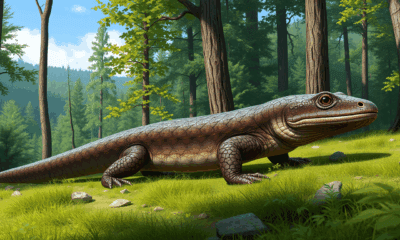

A massive, extinct salamander with jaws like a vice once roamed ancient Tennessee and its fossil has just rewritten what we thought we knew about Appalachian...
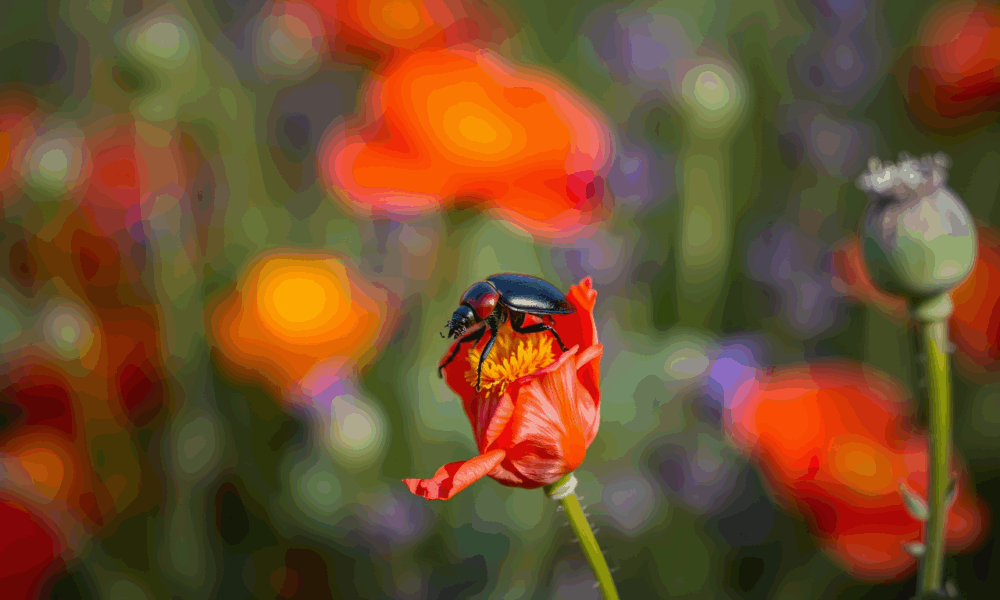
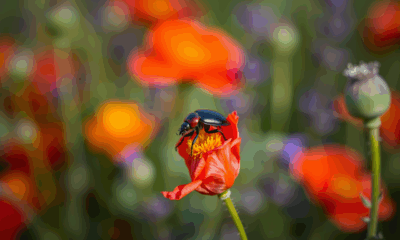

Beetles that can see the color red? That s exactly what scientists discovered in two Mediterranean species that defy the norm of insect vision. While most...
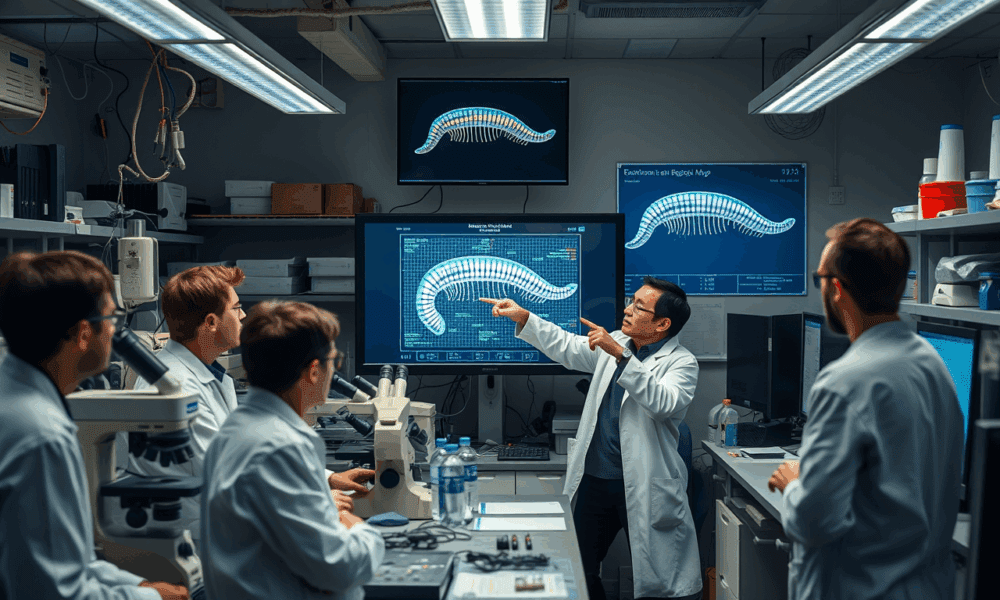
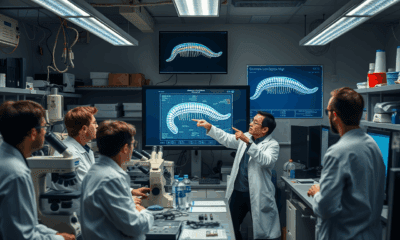

New research is shaking up our understanding of evolution by revealing that some species may not evolve gradually at all. Instead, scientists discovered that certain marine...